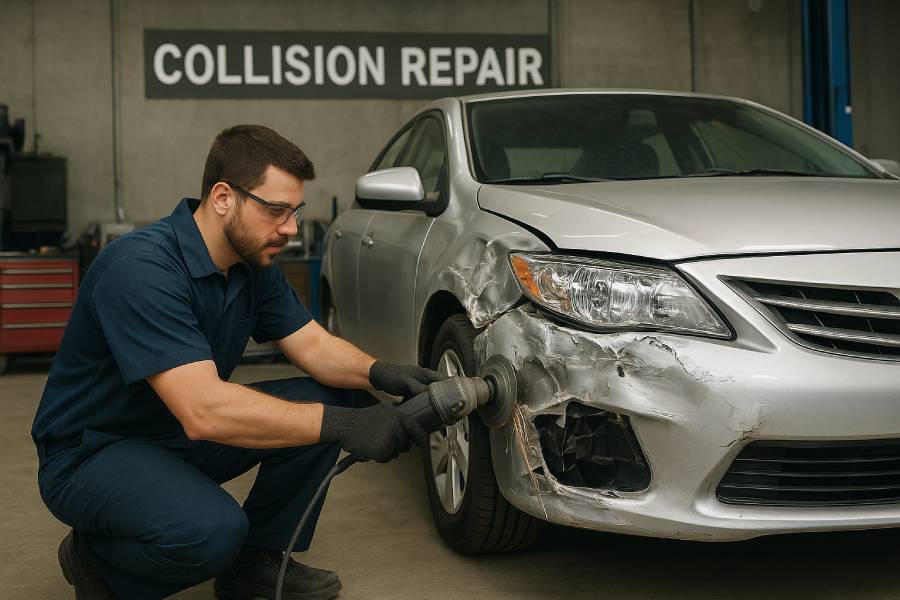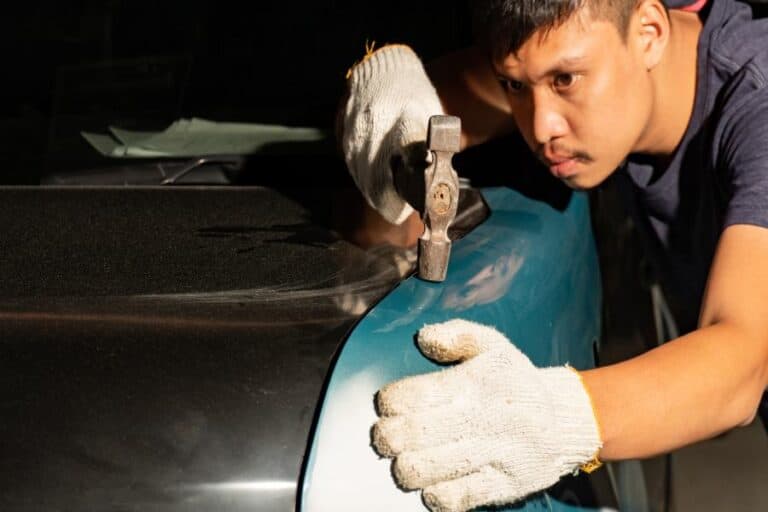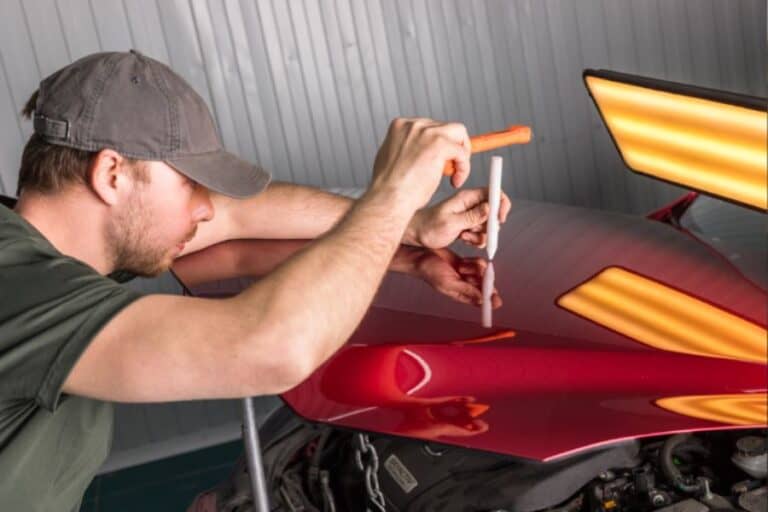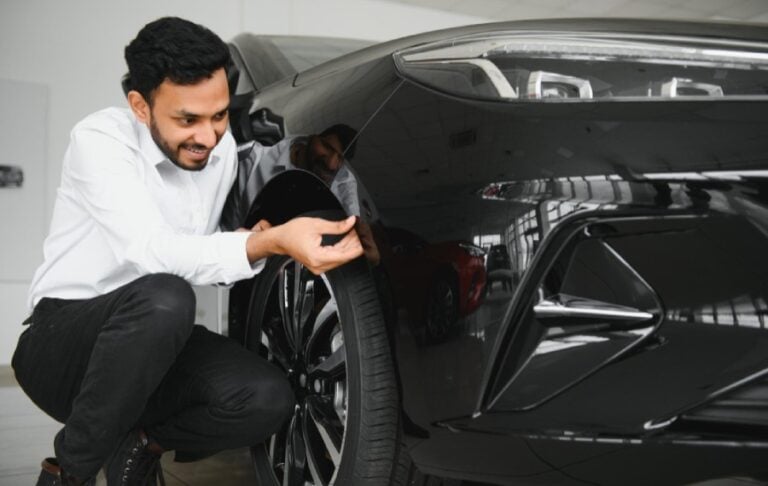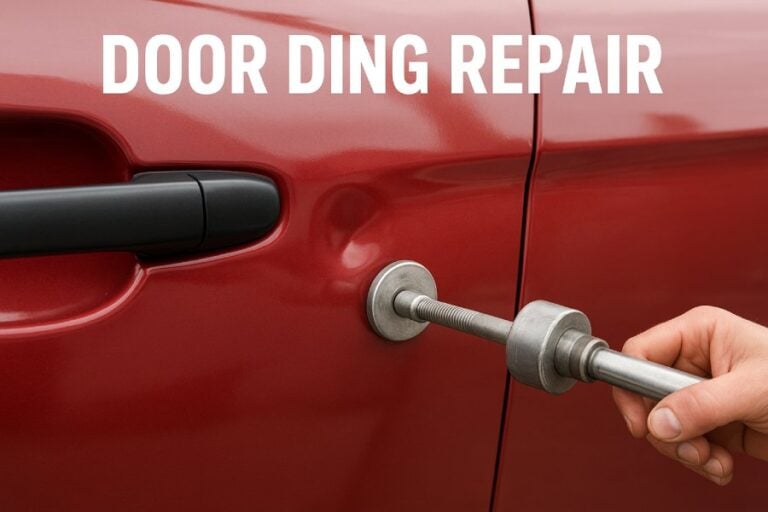Eco-Friendly Collision Repair: Sustainable Practices In Auto Body Shops
The automotive sector is a catalyst for transportation and economic expansion, yet it has a considerable environmental impact, particularly in less recognized areas such as collision repair. Auto body shops consume vast amounts of energy, water, chemicals, and materials to repair millions of vehicles annually. However, the industry is now undergoing a transformation towards environmentally conscious collision repair, embracing sustainable methods that minimize ecological harm while ensuring top-notch service quality.
Why Eco-Friendly Collision Repair Matters
Traditionally, auto body repair shops have depended on energy-heavy machinery, solvent-based paints, aggressive chemicals, and single-use materials. This reliance not only affects air and water quality but also poses health risks to technicians and surrounding communities. According to the Environmental Protection Agency (EPA), standard auto refinishing methods emit considerable quantities of volatile organic compounds (VOCs), which contribute to smog and respiratory issues.
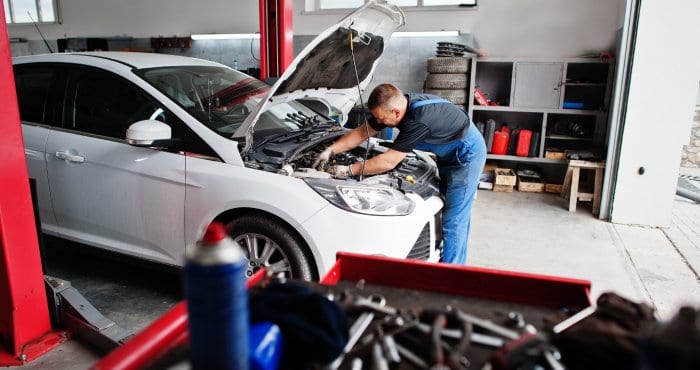
Moreover, the improper disposal of waste such as solvents, metals, plastics, and paint sludge can damage soil and aquatic ecosystems. Given that millions of vehicles are repaired annually, the overall impact is significant.
Eco-friendly collision repair seeks to tackle these issues by implementing sustainable materials, methods, and technologies that minimize waste, emissions, and energy consumption. This transition is being propelled by several factors:
- Regulatory changes: Governments across the globe are enforcing stricter environmental regulations.
- Consumer preferences: Customers who prioritize sustainability tend to favor environmentally responsible businesses.
- Cost efficiency: Adopting sustainable practices can lead to reduced waste and lower operational expenses.
- Corporate accountability: Insurance firms and automobile manufacturers are promoting networks of eco-certified repair facilities.
Sustainable Practices in Auto Body Shops
Transition to Water-Based Paints
A major advancement in collision repair is the shift from traditional solvent-based paints to water-based options. Solvent paints emit high levels of volatile organic compounds (VOCs), whereas water-based paints utilize water as a solvent, leading to a reduction in harmful emissions by up to 80%. These waterborne paints not only offer superior color matching but also boast excellent durability, making them an ideal choice.
Enhanced Paint Booth Performance
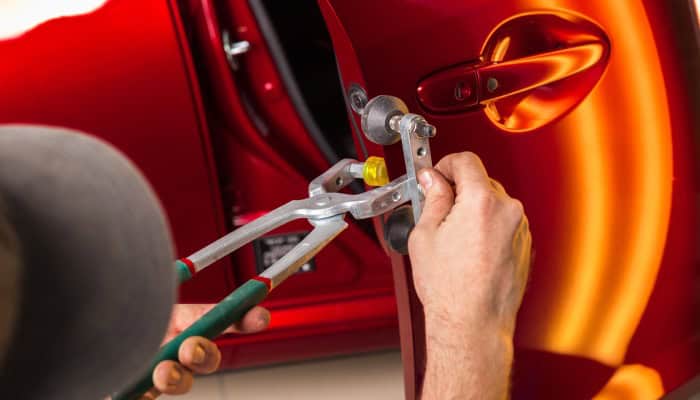
Contemporary spray booths are equipped with sophisticated filtration systems that trap overspray particles before they can escape into the environment. Many repair shops opt for downdraft booths, which feature energy-efficient airflow and LED lighting, further lowering energy usage during the painting process.
Minimizing Waste and Promoting Recycling
The collision and auto body repair industry produces substantial amounts of waste, including plastics, metals, glass, and cardboard. Environmentally conscious auto body shops adopt recycling initiatives to keep these materials out of landfills. Some practices include:
- Recycling aluminum and steel components.
- Collaborating with facilities that specialize in tire and glass recycling.
- Utilizing refillable chemical containers.
- In certain areas, paint sludge, previously classified as hazardous waste, can be processed and reused.
Energy-Efficient Machinery
Repairing vehicles requires the use of heavy-duty equipment, compressors, and curing lamps. By upgrading to more efficient technologies, shops can greatly reduce their energy consumption:
- Installing LED lighting throughout the workspace.
- Switching to infrared curing lamps that consume less energy compared to conventional heat lamps.
- Implementing high-efficiency compressors to lower electricity usage.
Water Usage Reduction
The processes of washing vehicles and preparing them for painting can lead to excessive water usage, sometimes totaling thousands of gallons each year. Environmentally friendly shops employ water reclamation systems that filter and reuse water while opting for biodegradable cleaning products to avoid harmful runoff.
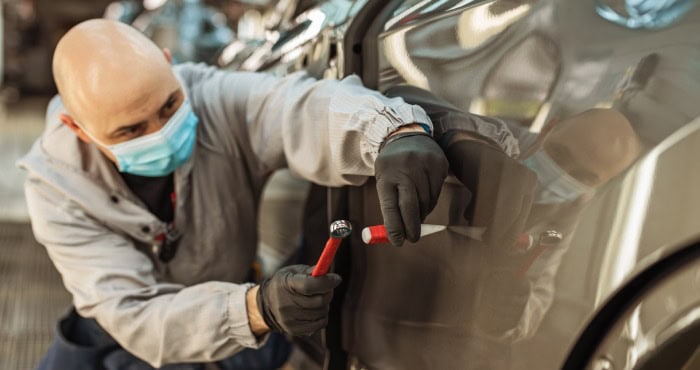
Eco-Friendly Materials
An increasing number of repair shops are procuring eco-certified parts and materials, including:
- Recycled or remanufactured automotive components such as bumpers and headlights.
- Bio-based cleaning solutions and degreasers.
- Non-toxic adhesives and sealants.
Using recycled components also helps lessen the need for new raw materials in the automotive supply chain.
Responsible Hazardous Waste Handling
Despite the availability of greener alternatives, auto body shops still handle hazardous materials. Responsible establishments prioritize safe storage, clear labeling, and proper disposal methods to prevent environmental harm and comply with regulations.
Education and Certification
Sustainability extends beyond equipment; it also involves training personnel. Many shops now offer eco-certification programs for technicians, equipping them with knowledge on safe material handling, waste reduction strategies, and environmentally responsible practices. Certifications like GreenLink Shop Certification or those endorsed by automotive organizations bolster their credibility.
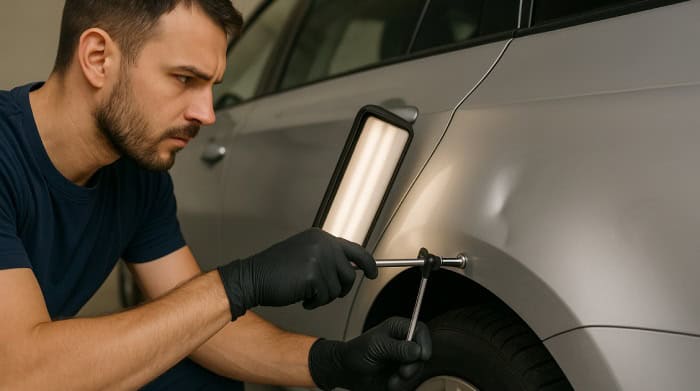
Benefits of Sustainable Collision Repair
Sustainable practices are advantageous not only for the environment but also for companies, their workforce, and their clientele. For organizations, adopting eco-friendly methods leads to cost savings through reduced energy consumption and waste management costs, while enhancing competitiveness via a green image and minimizing risks by adhering to legal requirements.
For workers, businesses that prioritize sustainability foster healthier workplaces by reducing exposure to toxic substances and improving indoor air quality. Additionally, these businesses offer significant skill enhancement opportunities through training in cutting-edge sustainable repair techniques, which can aid in career advancement.
Customers benefit from superior quality repairs using eco-friendly materials like water-based paints and recycled original equipment manufacturer (OEM) parts, which help maintain both the safety and appearance of their vehicles. They also feel reassured knowing that their decisions promote sustainability, potentially receiving insurance discounts for opting for eco-friendly certified repair shops.
The Future of Green Collision Repair
The outlook for sustainable collision repair is bright, driven by ongoing advancements. Key trends expected to influence the sector include:
- Electric Vehicle (EV) Maintenance: As the popularity of EVs rises, repair facilities are evolving to service these environmentally friendly vehicles with sustainable practices.
- Digital Estimation Solutions: By utilizing software to cut down on physical paperwork, businesses can reduce waste and enhance operational efficiency.
- Closed-Loop Recycling Programs: There may be partnerships between manufacturers and repair shops to recycle auto components directly for use in the production of new vehicles.
- Carbon-Neutral Practices: Innovative repair shops are investigating the use of solar energy, carbon offset programs, and renewable resources to reach net-zero emissions.
Sustainable collision repair is transforming the auto body industry with eco-friendly methods such as paintless dent repair, water-based paints, material recycling, improved energy efficiency, and responsible waste management. By adopting these practices, repair facilities reduce environmental impact, enhance efficiency, stay compliant with regulations, and attract eco-conscious customers—establishing themselves as forward-thinking leaders in building a safer, greener future for the automotive sector.

